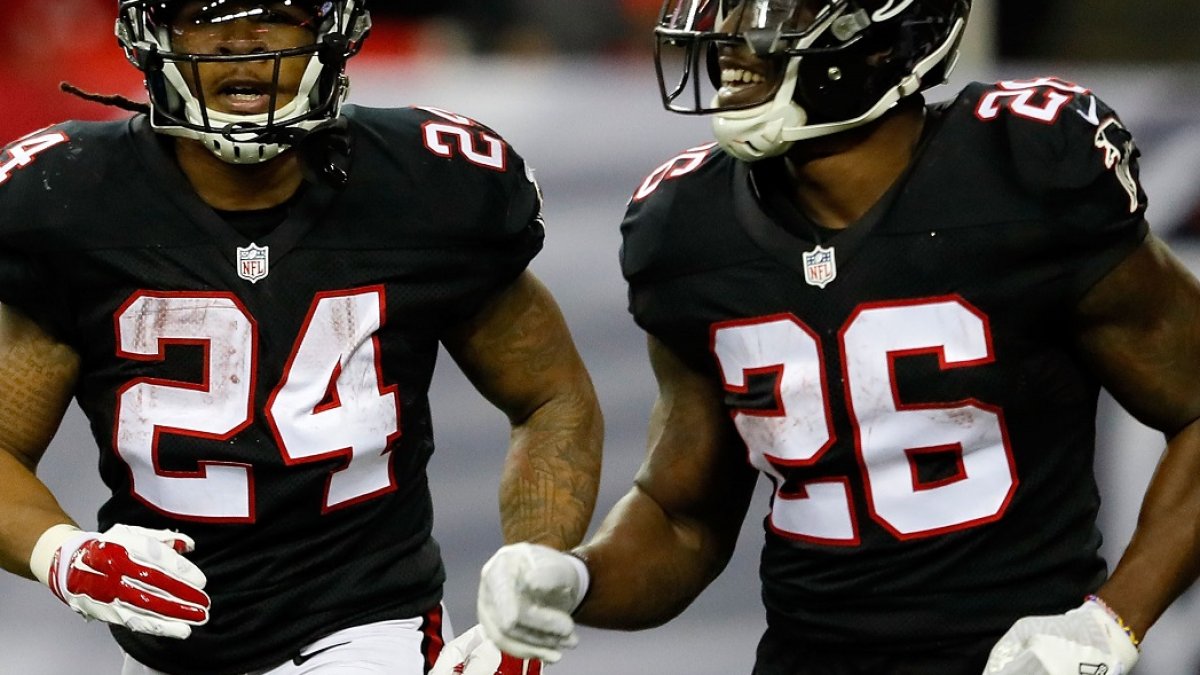Cuffs are not always a bad thing. Yes, cuffing your jeans generally looks bad and if you wear a leather cuff, we probably aren’t friends. But we are going to avoid bad fashion statements in this article and focus on fantasy football.
The idea of handcuffing, particularly a starting running back, has been a hotly contested ideology within the redraft community. Proponents point to the idea that you should lock down a backfield you have invested into early. Detractors see the opportunity cost of devoting capital into a potentially useless asset and the benefits of the waiver wire for filling gaps. For a more comprehensive look at running back handcuffs, I highly recommend JJ Zachariason’s recent work found here.
Dynasty leagues are much different though. The strategies change as owners are looking to balance short- and long-term goals. Patience is a virtue that dynasty owners can exercise, something redraft players do not have the luxury of. This means that a player handcuff has increased value in dynasty compared to redraft assuming he is a talented player in his own right. Let’s start with a few additional reasons why handcuffs are so important in dynasty and some running back examples who have ADP value and talent.
All draft-position figures will come from the recent Pro Football Focus dynasty startup mock draft found here.
Reason 1: Bigger rosters
This is a massive difference in dynasty compared to redraft leagues. While redraft leagues hover in the mid-teens for roster spots, dynasty leagues can range from 18 to 30-plus spots and may even have a taxi squad for additional developmental prospects. Not only does that imply owners are forced to dig deeper to fill out rosters, but contributors to a roster will dry out before the end of the draft, so players who have a clearer path to a role gains value.
Reason 2: Smaller waiver pool
This is related to the first reason. With larger rosters, you have smaller waiver pools in the event of an injury. Many backups are owned, meaning the best way to shore up weaknesses are through trades. So when an owner reaches the point in the draft where they are drafting backups, is it better to diversify or pick a comparably talented option to hedge against a starter?

DOMINATE FANTASY FOOTBALL & BETTING WITH AI-POWERED DATA & TOOLS TRUSTED BY ALL 32
 Unlimited Fantasy League Sync
Unlimited Fantasy League Sync
 Fantasy Start/Sit Line-Up Optimizer & Waiver Wire
Fantasy Start/Sit Line-Up Optimizer & Waiver Wire
 WR-CB & OL-DL Matchups, PFF Player Grades, & Premium Stats 2.0 Tools
WR-CB & OL-DL Matchups, PFF Player Grades, & Premium Stats 2.0 Tools
 Nathan Jahnkes Rankings - #1 Most Accurate Last 70 Weeks
Nathan Jahnkes Rankings - #1 Most Accurate Last 70 Weeks
 PFF Best Bets, Player Props, & Power Ranking Tools
PFF Best Bets, Player Props, & Power Ranking Tools
 NFL Mock Draft Sim with Trades & Draft Grades
NFL Mock Draft Sim with Trades & Draft Grades
Already have a subscription? Log In



 © 2024 PFF - all rights reserved.
© 2024 PFF - all rights reserved.